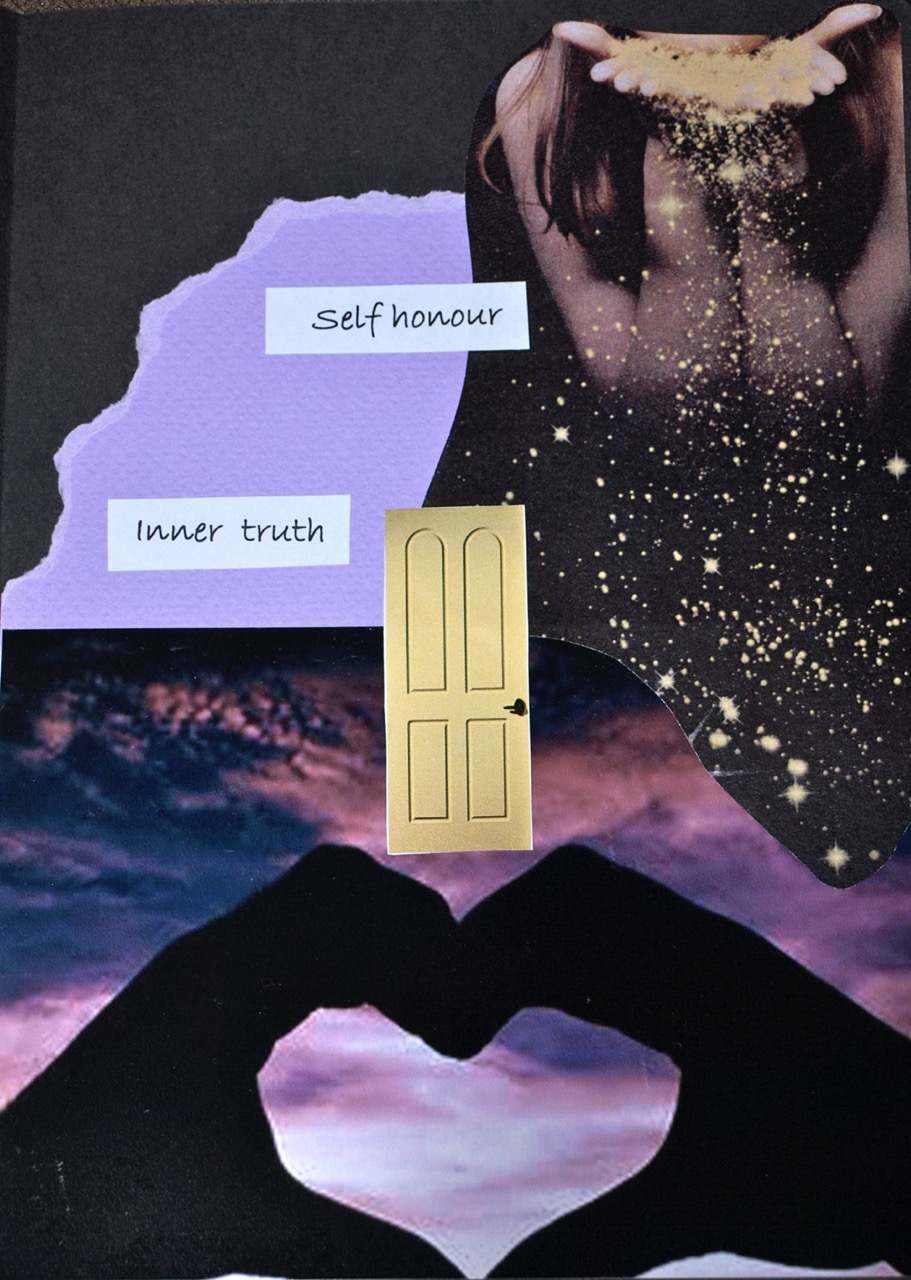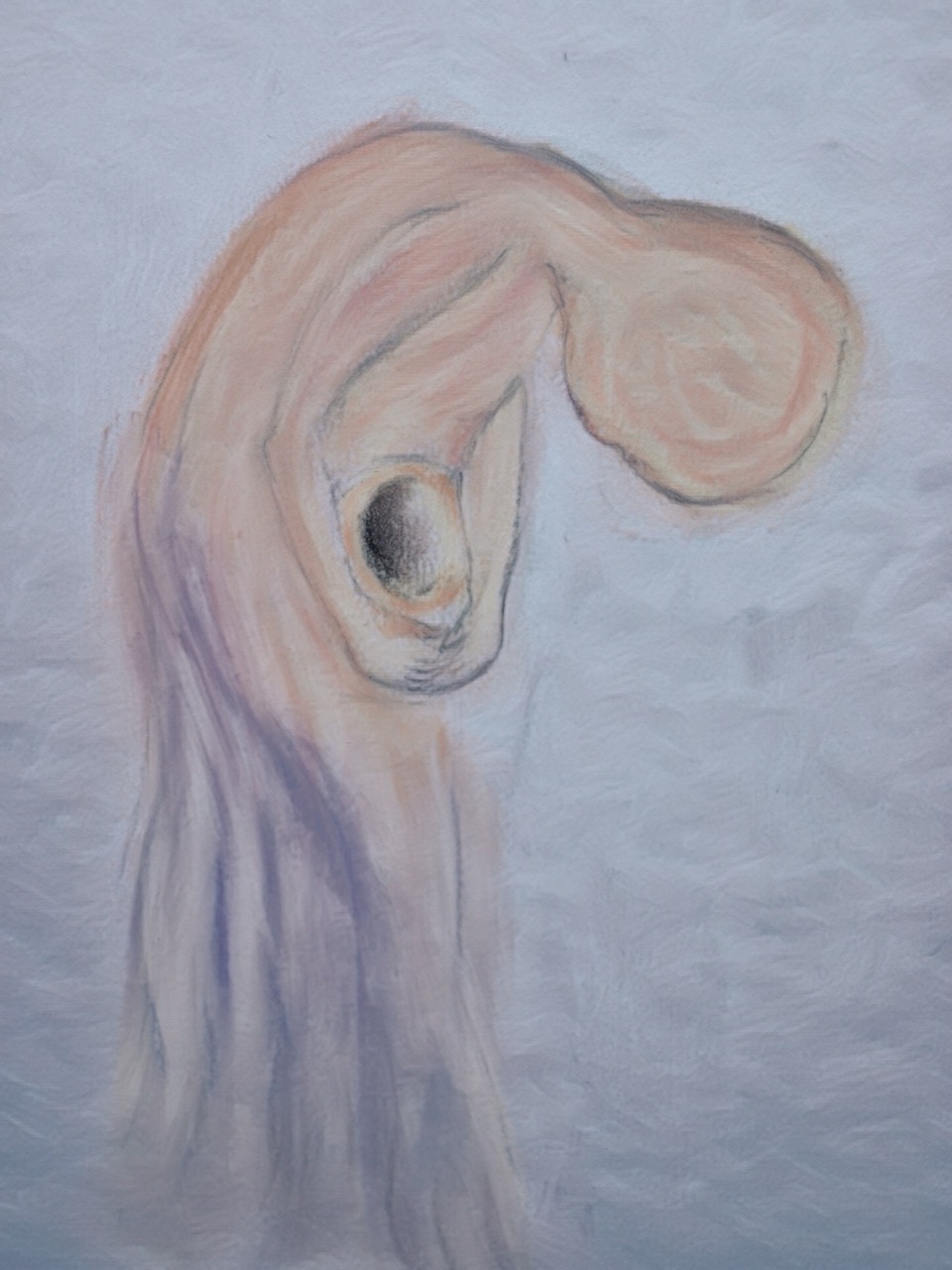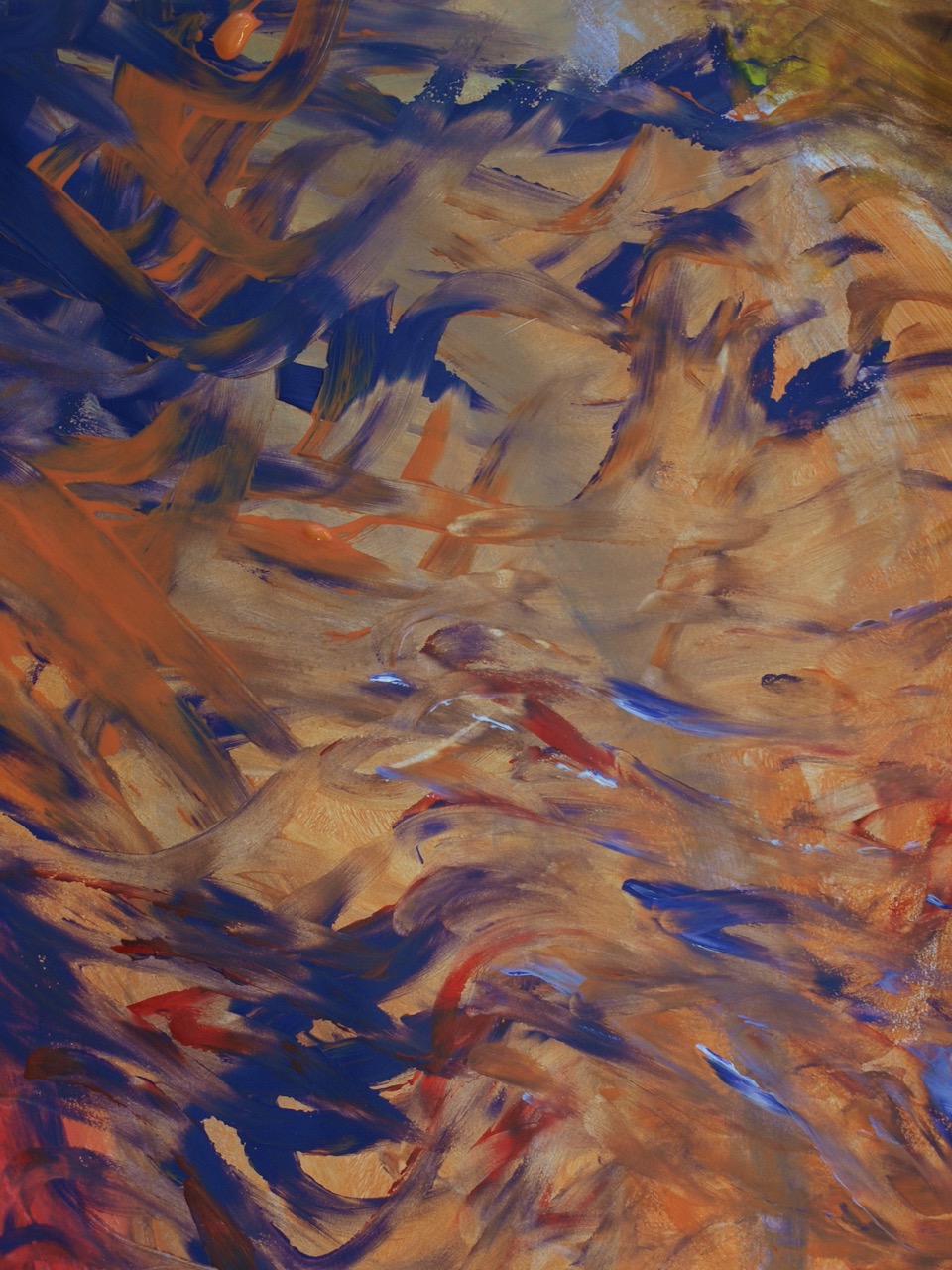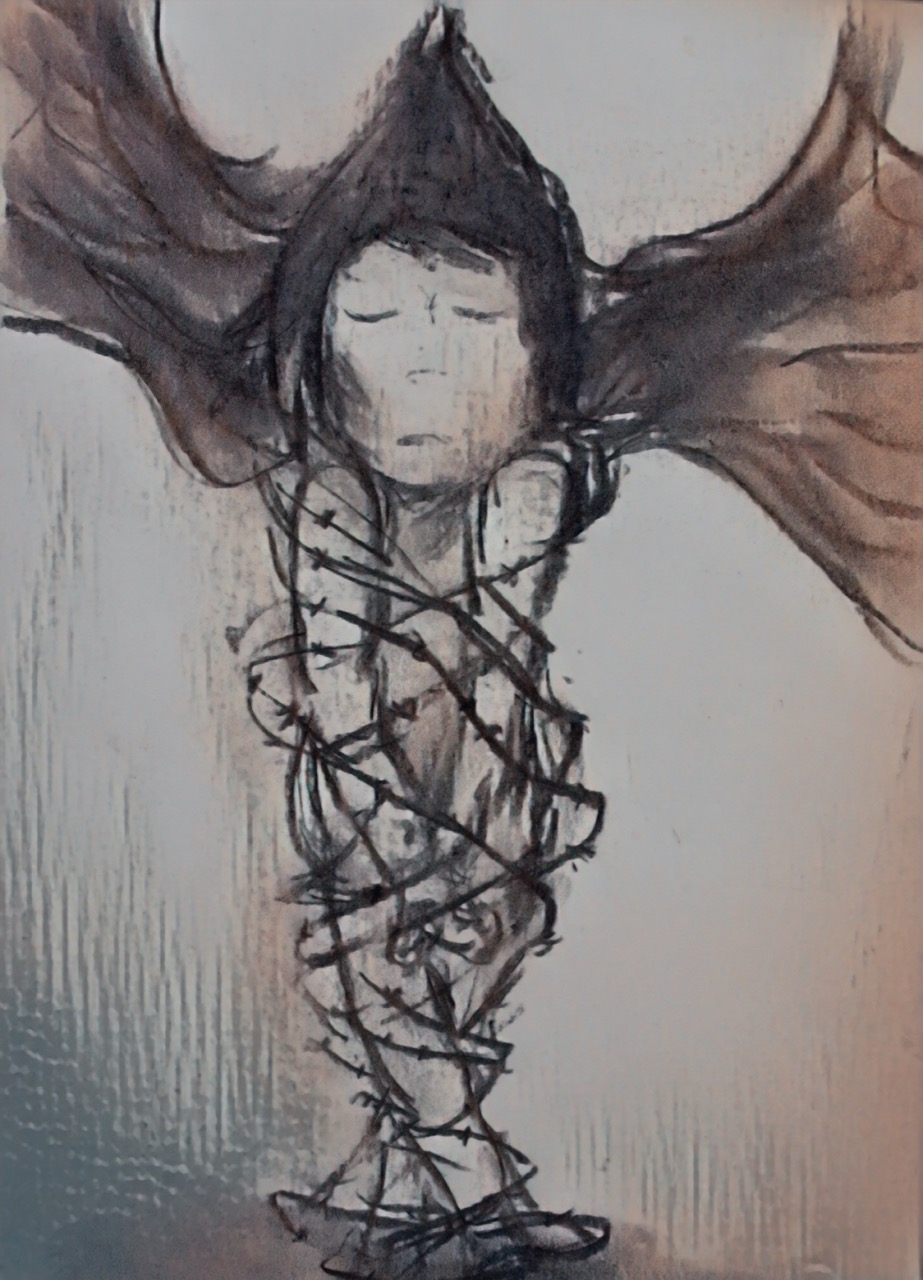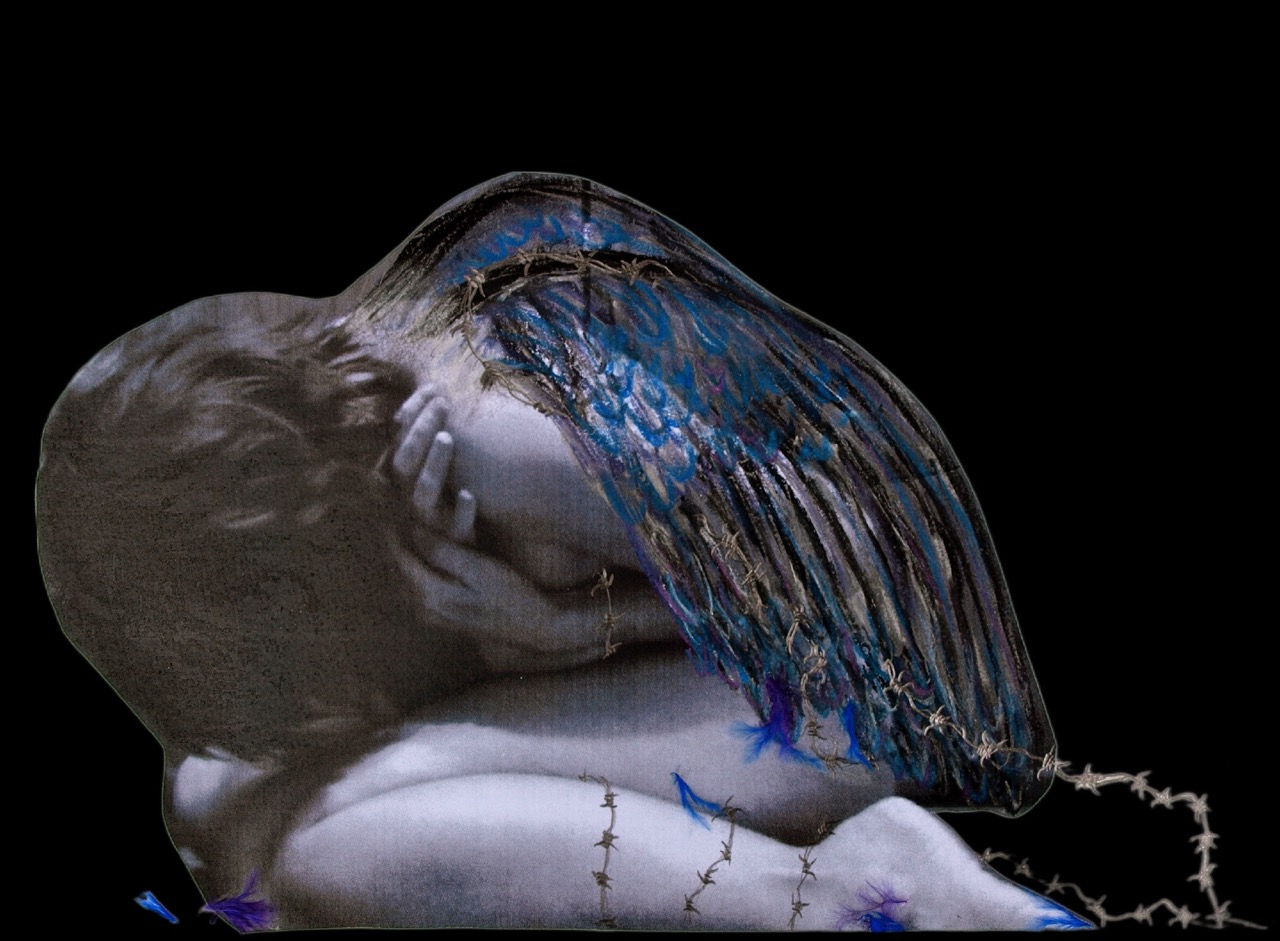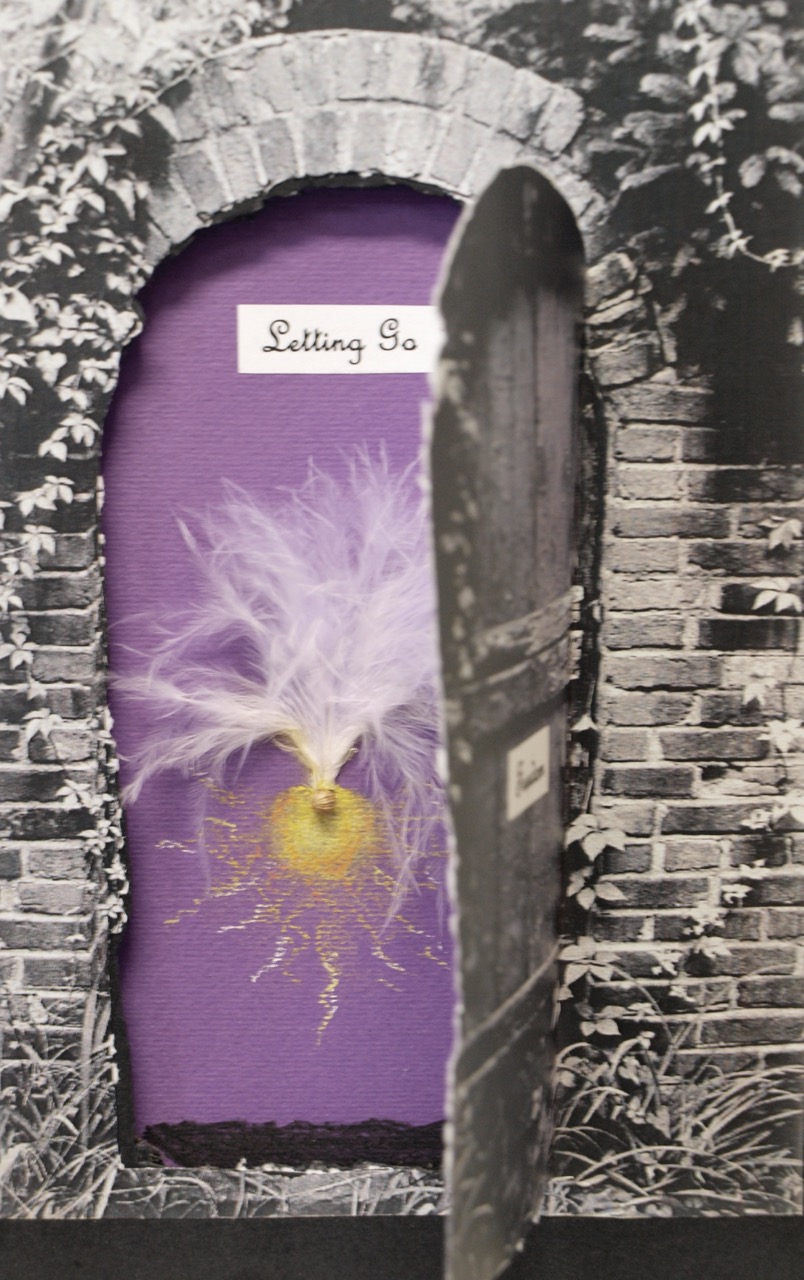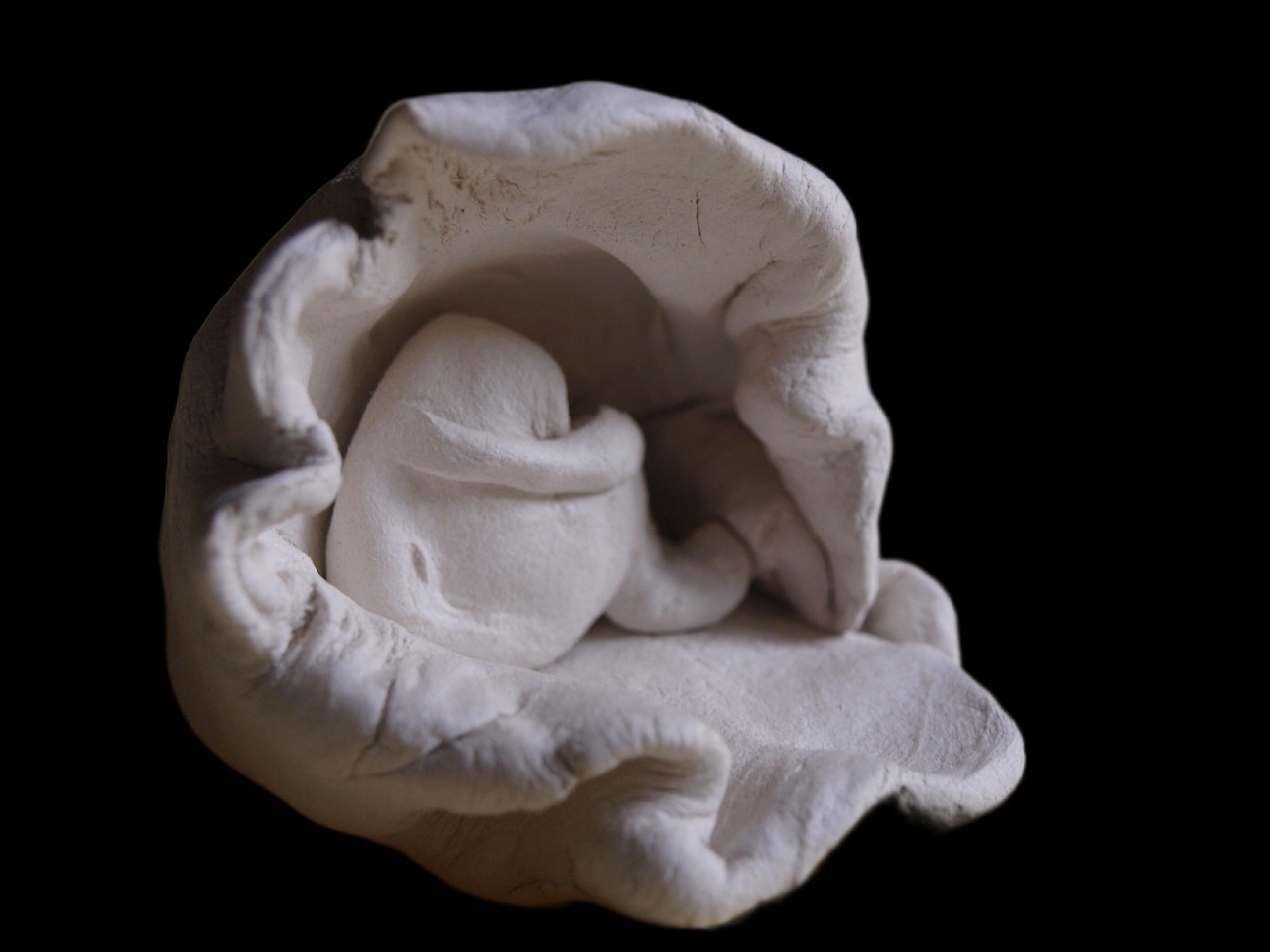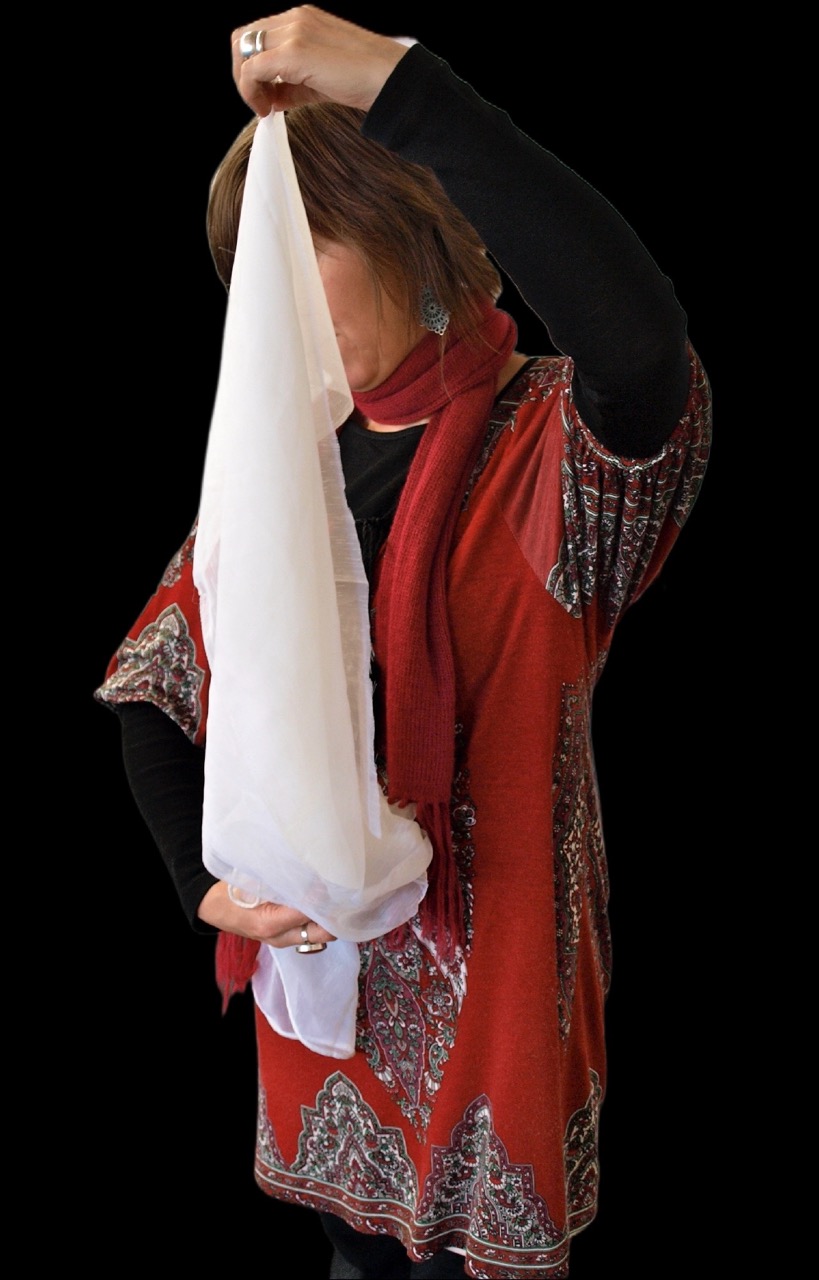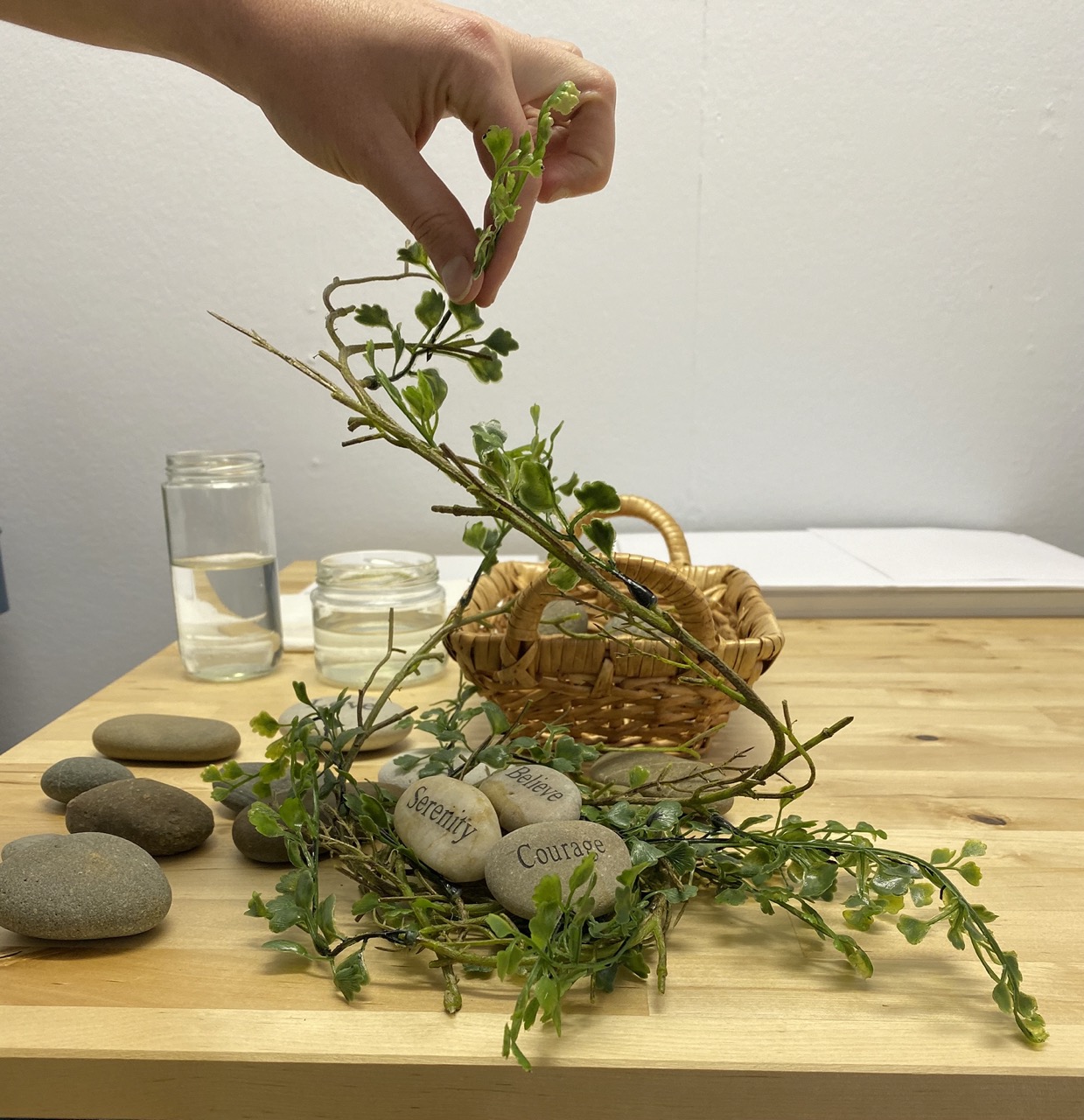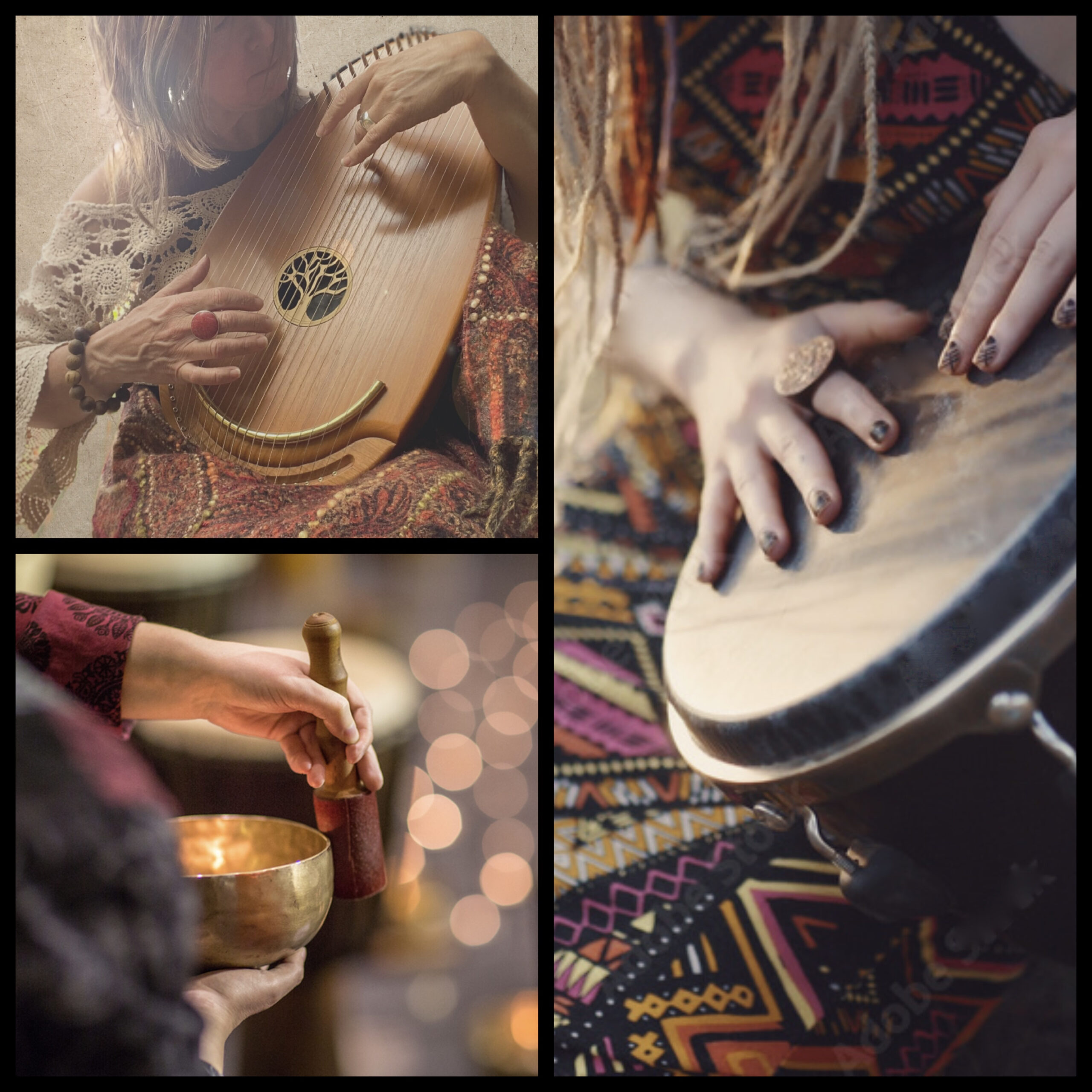 Art Therapy has long been recognised as a powerful and effective vehicle of communicating and expressing our thoughts, feelings and emotions and in fostering healing and connection. It can be traced back to the early 20th century with Carl Jung’s use of symbols and architypes but the term Art Therapy itself, was coined by the British artist Adrian Hill in 1942. Most of us can relate to the power of the arts to evoke emotion, memory and meaning when it comes to music. We all have songs that elicit memories of times and places often evoking strong emotion, be it joyful or sad. We use music for motivation, inspiration, reflection, relaxation, pleasure and release. It is this incredible capacity to activate the parts of the brain that trigger memories associated with emotion that makes music such a powerful means allowing us to generate meaning from songs. Other forms of artistic expression operate in our brains and bodies in similar ways. Hence, it makes sense that if we are seeking to access and retrieve unconscious memories, activate emotion and pleasure centres of the brain and more effectively express our experiences, feelings and emotions, then the arts are a vital way of doing this. In turn, when we are better equipped to delve more deeply into our unconscious and express and process our experiences, we expand our capacity for greater awareness and understanding of the relational and emotional patterns that keep us stuck.
Art Therapy has long been recognised as a powerful and effective vehicle of communicating and expressing our thoughts, feelings and emotions and in fostering healing and connection. It can be traced back to the early 20th century with Carl Jung’s use of symbols and architypes but the term Art Therapy itself, was coined by the British artist Adrian Hill in 1942. Most of us can relate to the power of the arts to evoke emotion, memory and meaning when it comes to music. We all have songs that elicit memories of times and places often evoking strong emotion, be it joyful or sad. We use music for motivation, inspiration, reflection, relaxation, pleasure and release. It is this incredible capacity to activate the parts of the brain that trigger memories associated with emotion that makes music such a powerful means allowing us to generate meaning from songs. Other forms of artistic expression operate in our brains and bodies in similar ways. Hence, it makes sense that if we are seeking to access and retrieve unconscious memories, activate emotion and pleasure centres of the brain and more effectively express our experiences, feelings and emotions, then the arts are a vital way of doing this. In turn, when we are better equipped to delve more deeply into our unconscious and express and process our experiences, we expand our capacity for greater awareness and understanding of the relational and emotional patterns that keep us stuck.
Creative modalities that can be used include; movement and embodied expression, painting, drawing, clay representation, 3D installations, collage, mixed media, photography, digital art, music, sound, symbol and sandtray therapy, nature immersion, narrative therapy and story-telling.


